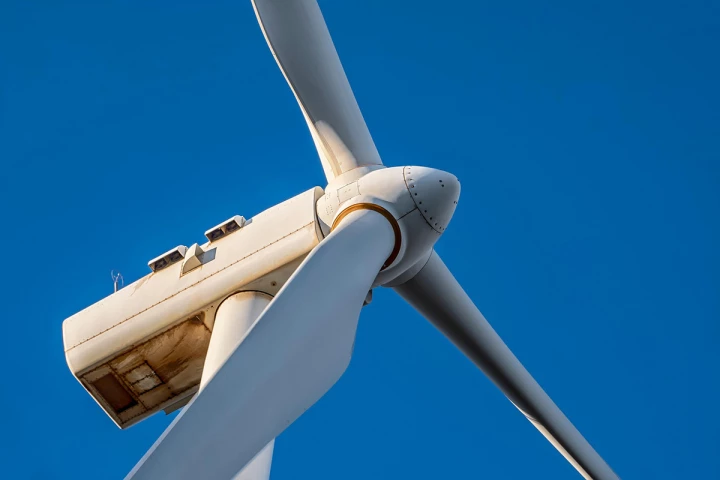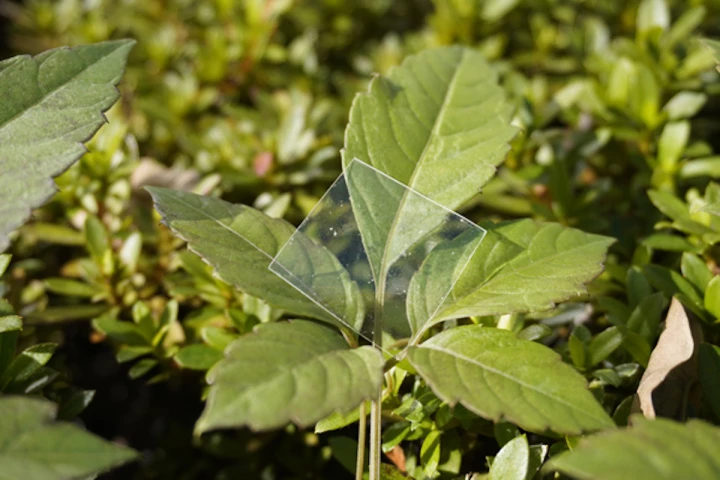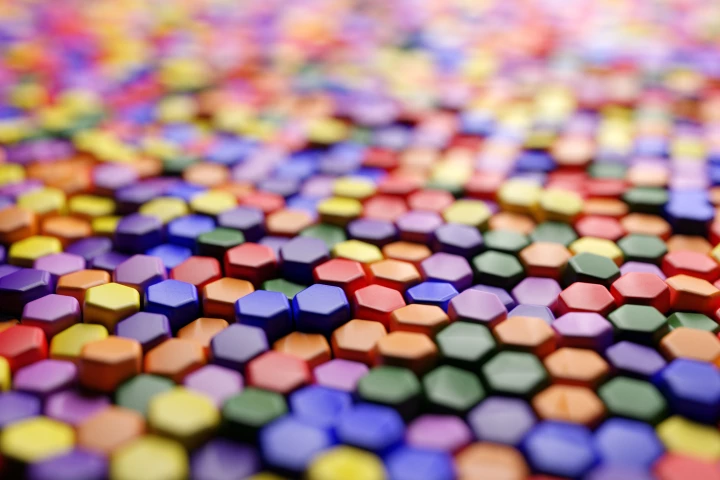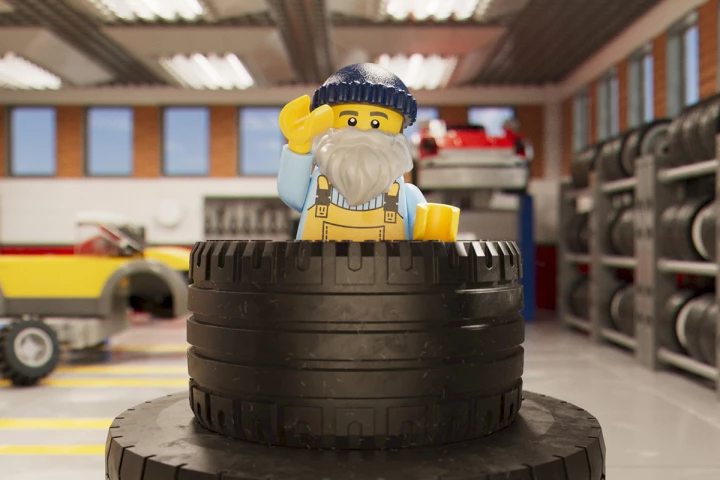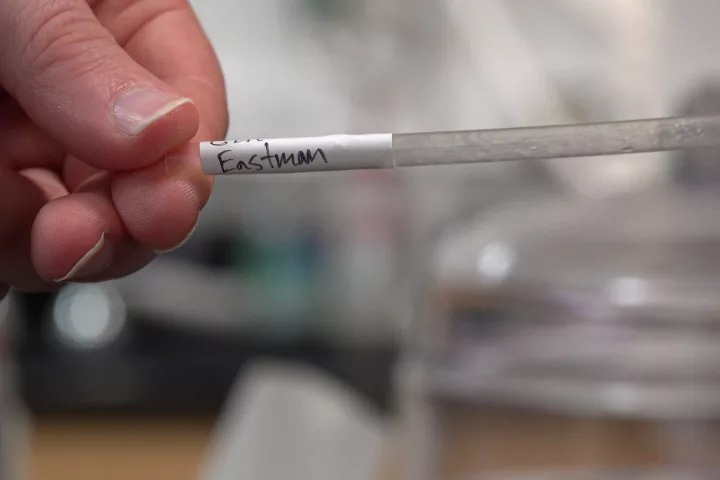Plastics
-
Twenty-one-year-old backyard scientist Julian Brown nukes plastic trash in a homemade microwave pyrolysis reactor, turning bags and bottles into a chunky sludge he refines into a gasoline alternative he calls "plastoline."
-
Researchers in Australia are working on a way to lower the cost of producing solar thermal energy by as much as 40% with the help of shatterproof plastic rear-view mirrors originally designed for cars.
-
Recycling wind turbine blades is hard because they're built to weather the elements for decades. Researchers have devised a way to use discarded blades to create strong and durable plastics – without resorting to the use of harsh chemicals.
-
Scientists at RIKEN in Japan have developed a new type of plastic that’s just as stable in everyday use as regular plastic, but dissolves quickly in saltwater, leaving behind only safe compounds.
-
Harnessing a principle known as triboelectrification, researchers have worked out the optimal way to generate an electrical charge in a relatively simple way. The breakthrough could provide a battery-free way to power wearables and other devices.
-
Lego is the largest tire manufacturer by volume in the world – even though its tires are among the smallest on the planet. The Danish toy company is now making those tires out of recycled materials like fishing nets, engine oil, and rope.
-
By now, you've no doubt heard that modern living is filling our bodies with microplastics. But an alarming study now shows just how much of the non-degradable particles are in our brains, and how much higher they are in dementia patients.
-
Although it is possible to recycle Plexiglass, it's a complex and inefficient process, so it generally just isn't done. A simple new technique, however, is claimed to break the plastic down into all of its building blocks for near-complete recycling.
-
Researchers have spent the last few years trying to find which type of plastic biodegrades the fastest. It turns out that a common plastic we've been using for over 100 years does, and they've learned how to accelerate that process.
-
Prenatal exposure to higher levels of bisphenol A, a plastic chemical known to leach into our foods and drinks, has been linked to autism spectrum disorder in boys, according to a new study that also identified the biological mechanism underlying this link.
-
Back in 2022, the strange-looking prototype igus:bike rolled into the spotlight boasting an angular frame, funky wheels and even bearings made using recycled plastic. Now the newly-named RCYL bike is riding into production.
-
Sales of vinyl records have been on the rise for a few years now, but the plastic used to create them is bad news for the enviro-conscious listener. A UK startup is hoping to change that by pressing for plant-based alternatives.
Load More


